I’m late posting about the Learning Garden, a garden stop on the May 2012 Venice Garden & Home Tour, and today the LG offers a class open to the public on vermiculture/composting, a deadline I had been hoping to beat. Late notice is better than none, I suppose, and there will always be more classes taking place at the LG. This interesting horticultural laboratory/seed bank/open-air high school botany class was our first stop on the garden tour.
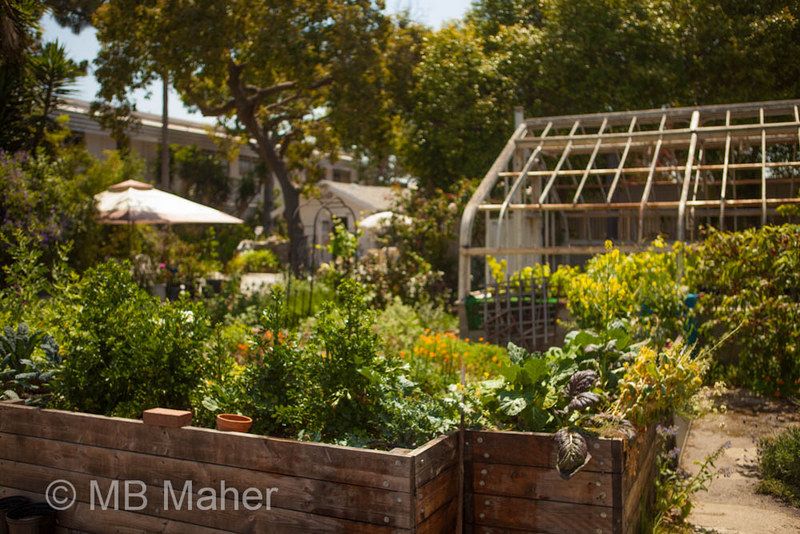
Truthfully, stepping through the gates, I immediately began to mentally calculate how many minutes I’d have to stay for courtesy’s sake before I could beat feet to other, less vegetable-intensive gardens on the tour. I’ve got my own disheveled vegetable garden, thank you very much, and don’t feel a burning need to tour another. Circling around with an eye fixed on the exit, trying to look intensely absorbed in the raised beds, I wandered into an area of the garden growing the unmistakeably glorious compound foliage of Aralia cordata. What the hell? By this time, I was grabbing the docent’s elbow to help me identify some stunning plants that would have been at home in an old Heronswood catalogue. But she couldn’t ID them, she said, because they were rare Chinese medicinals. The elbow I had grabbed belonged to one of the garden’s founders, Julie Mann, who has a strong interest in homeopathic medicine, but this herbal garden with the tantalizingly nameless plants was the province of another docent, who had some mysterious pipeline to plants new to the West. I’m guessing this treasure trove of plants is looked after by students of Yo San University and Emperor’s College of Traditional Oriental Medicine affiliated with LG.
The topic of medicinal plants whiplashed from boring to sexy in less than three minutes. From LG’s website:
“The Medicinal Herb Garden includes an amazing variety of Chinese, Ayurvedic, Native American, and homeopathic medicinal plants. Some of these plants are being grown for the first time in Southern California; we are literally writing the book on how to grow these healing herbs in our Mediterranean climate. Students of the various healing modalities are provided the opportunity to see these herbs up close and live and can learn how to grow and prepare them for use, while learning their healing attributes. As students propagate these necessary herbs, The Learning Garden becomes a plant and seed depository to assist other gardens in their development.”
Now I was intrigued. What started out as a perfunctory visit turned into a fascinating 30-minute tour.
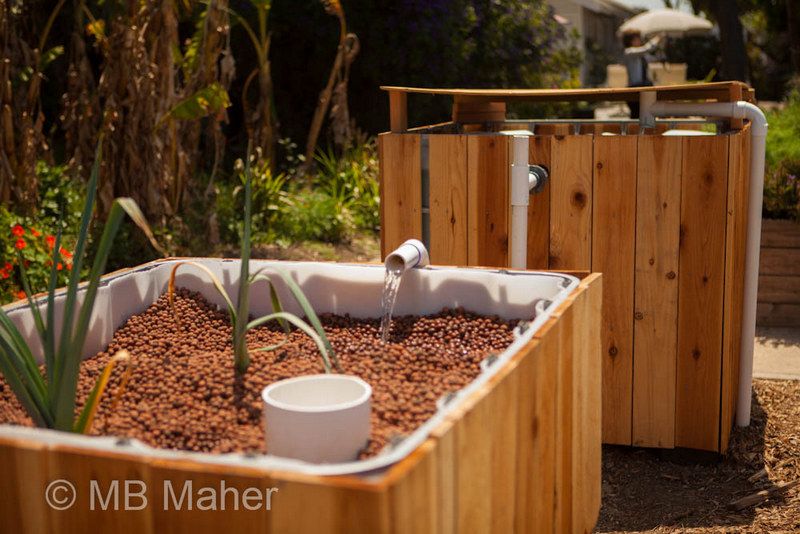
Part of the allure of the garden was the contrast between briskly efficient hydroponics and other cutting-edge practices against a backdrop evidencing the years of heart-breaking neglect the garden has obviously suffered. It was in a Grey Gardensesque abandoned state that this 100-year-old educational resource was reclaimed by Julie Mann and others in 2001, and much still needs to be done. Horticulture classes on high school curricula have long since gone the way of shop classes like carpentry, photography, ceramics, upholstery, mechanics, i.e. dodo-land.
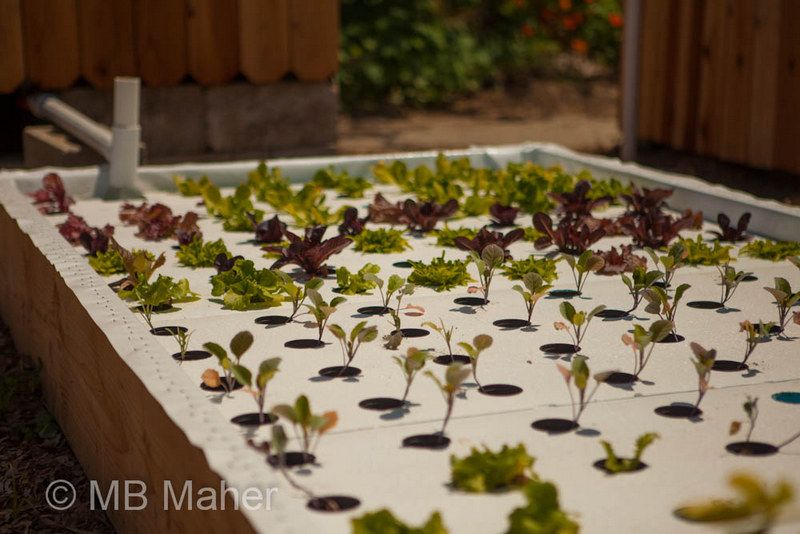
From their website: “The Learning Garden blossoms from what once was an underutilized, weedy portion of Venice High School into an outdoor learning center with hands-on education in horticulture, permaculture, herbology, botany, nutrition, art, photography and environmental science.”
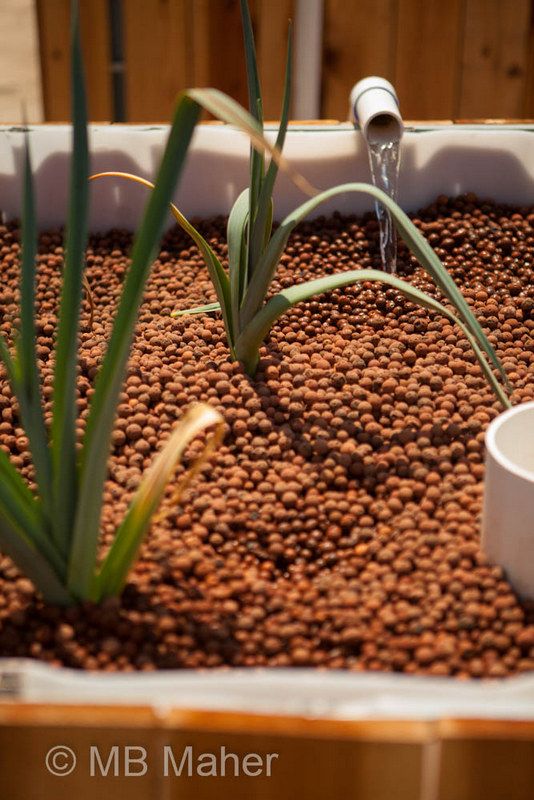
A garden shed and office held shelves full of carefully marked seeds. At some primal level, I find this a very comforting sight.
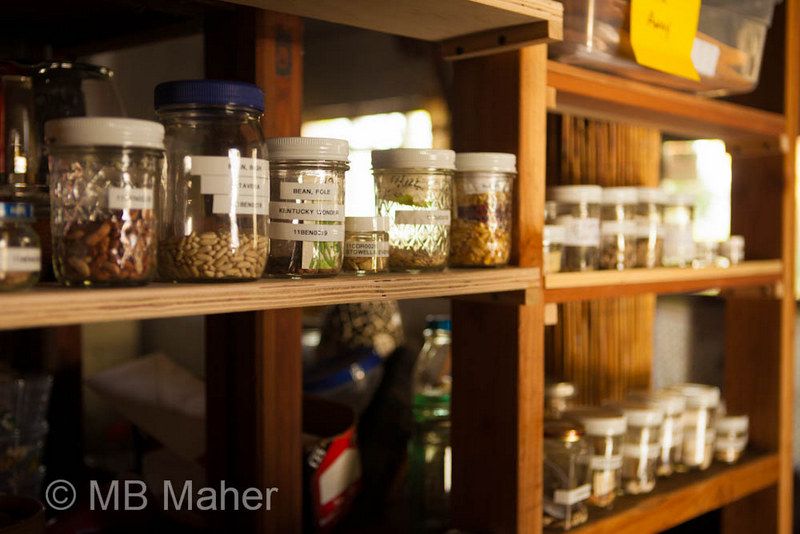
Part of the Seed Library of Los Angeles/SLOLA

Gardenmaster David King: “As seeds grow out repeatedly in our soil and microclimates, they adapt.”
“Far more quickly than one could achieve at home, a variation of Waltham broccoli specific to Los Angeles or even specific to Venice can be developed, better suited to local conditions.” (latimesblog)
The paneless, 1920’s-era greenhouse awaits a patron with deep pockets to help with reglassing.
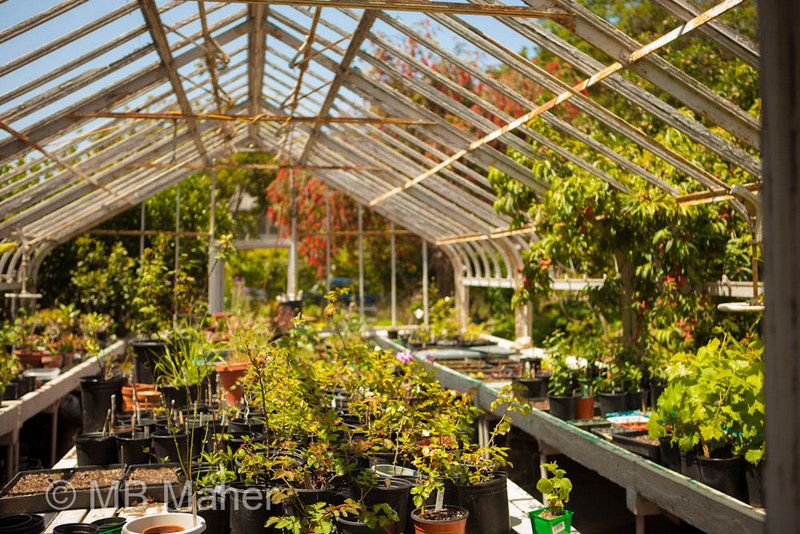
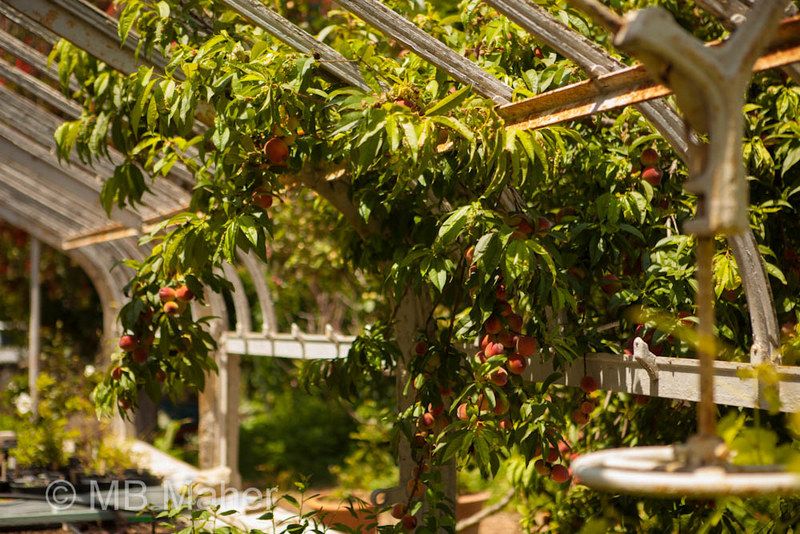
From their DVD, a highly recommended resource for educators:
JULIE MANN: “The high school students that first came into the garden that first year would never dare eat anything out of the garden. It was dirty. It was yuck. They would never take the food that they grew and eat it. It was too strange for them. By the next year, I saw the kids climbing the loquat tree and eating things right off the tree.”
Contact The Learning Garden here to request a copy of their DVD and for information on volunteering. I’d be happy to mail my DVD to anyone interested.

My own experience with school gardens: without a few truly committed parents/teachers and a cooperative administrator, it just can’t happen. Wonderful to see horticulture/agriculture reborn at a high school, like new growth sprouting after a wildfire.
Very intersting… It always makes me sad to see a garden that has gone to ruin… What would they grow in the Glass house if it had glass?
Hoov, that’s the case here as well. Looks like the initial commitment here was made maybe not by parents, but by teachers, horticulturalists, botanists.
Deanne, I’m guessing the greenhouse was used to teach greenhouse practices and for propagation, since it wouldn’t be needed to protect plants from frost.
With the huge resurgence of interest in vegetable gardening, it would seem the perfect time for the Venice High learning garden to solidify their position and importance. It’s so heartening to see projects like this, and here in Portland, the large group of college kids doing urban farming majors.
I love it when my presumptions about a place or event turn out to be wrong.
Jane, one of my nieces got her degree in sustainable agriculture, which thrilled me — tho she’s still working at Whole Foods…
Les, me too. And I do try not to carry too many presumptions around since I always end up jettisoning them anyway.